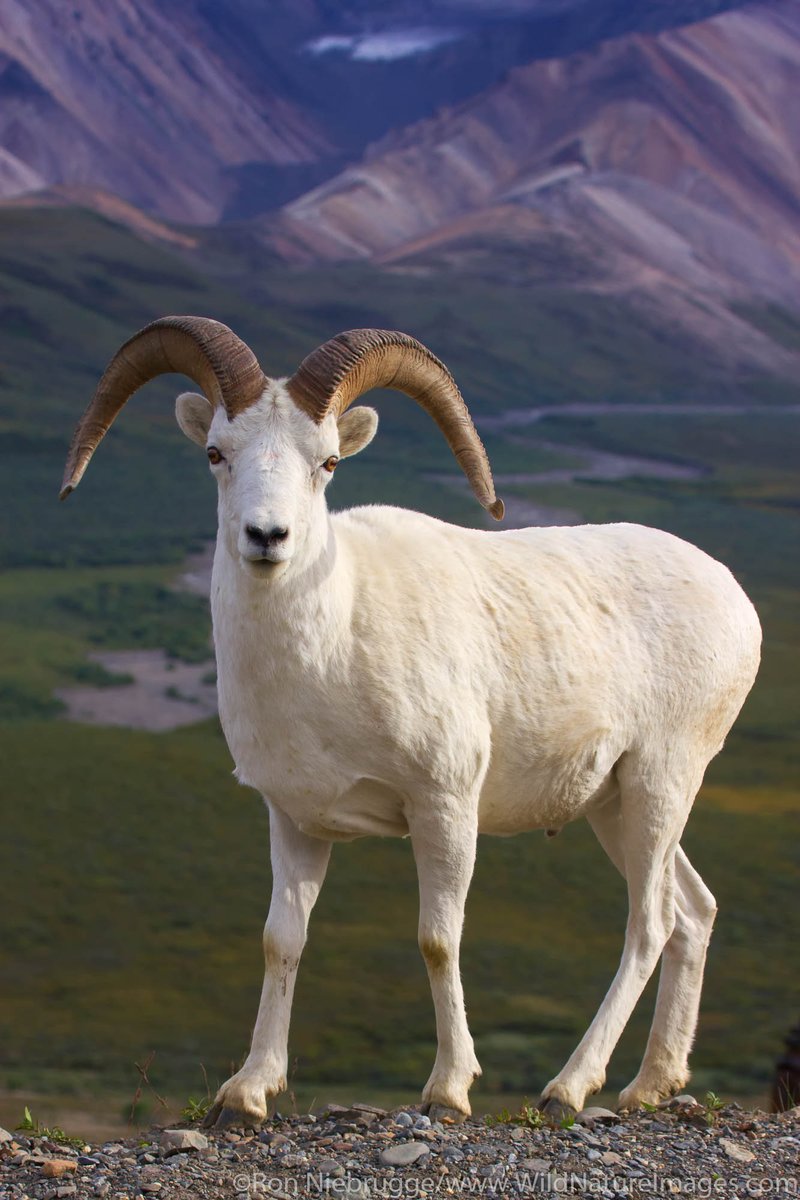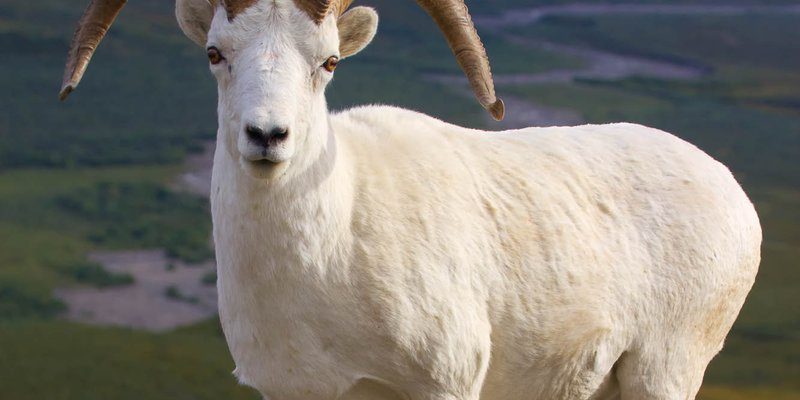
Understanding the Dall sheep’s role in its ecosystem is like putting together a puzzle. Each piece is critical to the whole picture, connecting various facets of life in the tundra and mountainous regions where they roam. In this article, we’ll explore how these remarkable animals contribute to their habitat, supporting other species and maintaining ecological balance. Grab a cup of coffee, and let’s dive into the essential functions of Dall sheep in nature!
Understanding the Dall Sheep
Dall sheep, known scientifically as *Ovis dalli*, inhabit the rugged terrains of Alaska and the Yukon. With their striking white fur and impressive curved horns, they are truly a sight to behold. But there’s so much more to them beyond their good looks! These animals are well-adapted to extreme conditions, living at high altitudes where food can be scarce.
These sheep are herbivores, primarily feeding on grasses, lichens, and shrubs. Their grazing habits help shape the landscape, influencing which plants thrive in an area. You might be wondering how something as simple as eating can have significant ecological impacts. Well, their selective feeding encourages a diversity of vegetation, allowing different species to flourish and creating a more balanced ecosystem.
Additionally, the behavior of Dall sheep contributes to soil health. As they graze, they also naturally aerate the soil, which can enhance its richness and improve plant growth. This is just one example of how their everyday activities support their environment without anyone else realizing it!
Predators and Prey: A Vital Connection
In any ecosystem, the predator-prey relationship is crucial for maintaining balance. Dall sheep are prey for large carnivores like wolves and bears, which rely on them for sustenance. This relationship is a classic example of how one species impacts another, and it’s a fine dance of survival.
When wolves hunt Dall sheep, they naturally control the sheep population. Overpopulation can lead to overgrazing, which can harm plant life and disrupt the ecosystem. In this way, the predation of Dall sheep ensures that their numbers stay in check, preventing the degradation of their habitat. It’s a cycle of life that shows just how interconnected all forms of life are.
It’s also interesting to note that the presence of Dall sheep can influence predator behaviors. For instance, areas with abundant Dall sheep may attract more wolves, which in turn can affect the movements of other animals. This interconnected web of life makes the Dall sheep a key player in their ecosystem.
Grazers and Habitat Engineers
Dall sheep aren’t just passive grazers; they actively modify their habitat. Through their feeding habits, these sheep help shape the plant community, allowing various species to coexist. You might think of them as nature’s gardeners—tending to the landscape through their grazing.
Their preference for certain plants helps control plant growth, promoting biodiversity. For example, when Dall sheep graze on grasses, they allow shorter plants to thrive, which can attract insects and smaller animals that depend on those plants for food and shelter. This leads to a richer, more diverse ecosystem that supports a range of wildlife.
Moreover, as Dall sheep graze, they trample down vegetation, which can open up ground for new growth. This kind of habitat modification helps various plant species to flourish, ensuring that the ecosystem remains vibrant and healthy.
Impact on Other Species
The role of Dall sheep extends beyond their immediate environment; they have a ripple effect on many other species. As primary consumers, they provide food for a variety of predators. But they also influence the plant life that supports countless herbivores, like smaller mammals and birds.
Many birds take advantage of the areas where Dall sheep graze. As these sheep munch on grass, they expose seeds and insects, creating a buffet for smaller critters. This dynamic helps sustain a broader range of wildlife, which is essential for healthy ecosystems.
In addition to providing food, Dall sheep also contribute to nutrient cycling. Their droppings are rich in nitrogen, which can enhance soil fertility. This means that their very presence helps to nourish the vegetation upon which so many other species rely.
Climate Resilience and Adaptation
Dall sheep are remarkably resilient creatures, adapted to survive in harsh conditions. They have thick fleece that keeps them warm in freezing temperatures and are excellent climbers, enabling them to navigate steep, rocky terrains. This ability to thrive in challenging environments is important for maintaining the balance of their ecosystem, especially as climate change presents new challenges.
With temperatures rising and habitats shifting, some species struggle, but Dall sheep have shown they can adapt. Their resilience plays a vital role in the health of their ecosystem, providing stability during periods of environmental change. As they continue to thrive, they support a diverse web of life, even as their habitat faces new pressures.
Let’s not forget, though: the future of Dall sheep and their ecosystems is interconnected with how we manage our natural resources. Conservation efforts play a crucial role in ensuring that these animals and their habitats remain protected from human impact.
Conservation and Future Challenges
As charismatic as they are, Dall sheep face several threats, primarily from habitat loss and climate change. As humans encroach on their environment, these majestic creatures find their territories shrinking. This not only impacts their survival but also disrupts the delicate balance of the ecosystems they support.
Conservationists are working hard to protect Dall sheep and their habitats. Efforts include preserving their natural environments, enhancing habitat connectivity, and understanding their population dynamics. When we support these efforts, we help maintain the intricate web of life that Dall sheep and other species rely on.
Additionally, education is vital. By informing others about the importance of Dall sheep and the ecosystems they support, we can inspire action and generate interest in conservation. Every voice matters, and by working together, we can help protect these remarkable animals and the beautiful landscapes they call home.
In conclusion, the Dall sheep plays a multi-faceted role in its ecosystem, acting as a crucial link in a vibrant chain of life. From shaping the landscapes they graze on to serving as prey for apex predators, these animals contribute significantly to the health of their environment. They remind us that every creature, no matter how big or small, has its place in the grand scheme of things.
By understanding and protecting Dall sheep, we ensure not just their survival but also the wellbeing of a diverse range of species that depend on them. It’s a beautiful dance of life, and it’s up to us to keep the music playing. So, the next time you think of nature, remember the Dall sheep and the important role they play in building a balanced, thriving ecosystem.

